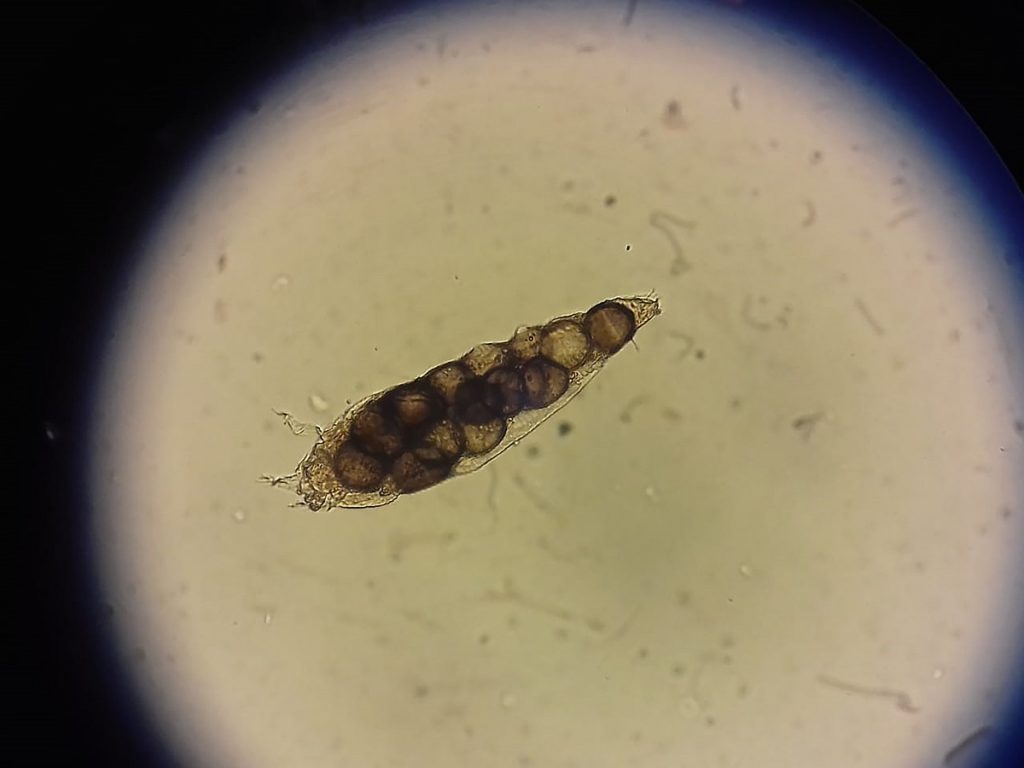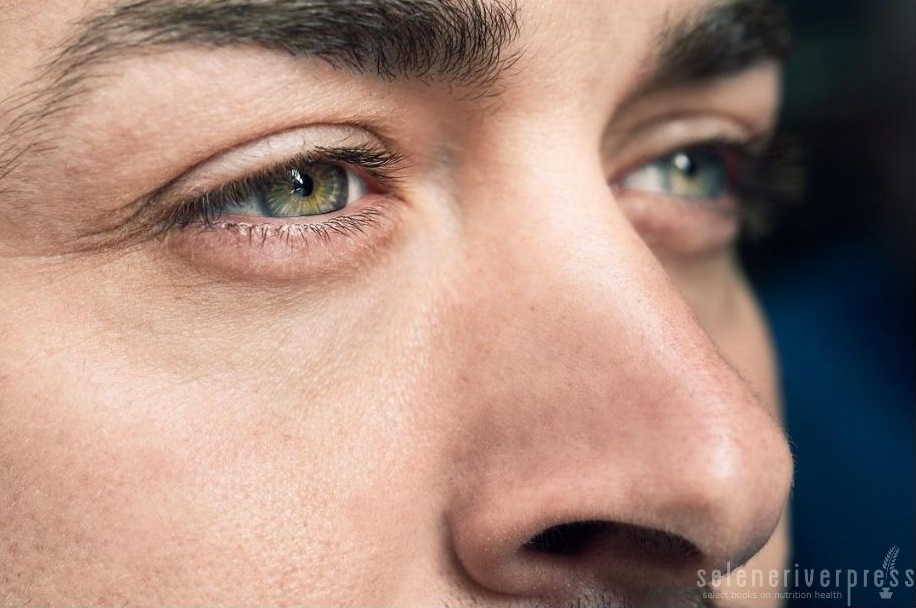When it comes to my eyelashes, I don’t have anything to brag about. I swear I used to have them—I wore mascara and everything. Now these wispy, nearly invisible lashes have got me wondering if they even really matter. I mean, other than supporting the cosmetics industry, what purpose do they serve?
Of course, I’ve been doing this self-healthing thing long enough to know that our eyelashes must be good for something. Otherwise, our bodies wouldn’t waste precious energy and resources to grow them in the first place. Right? Right. Research I must.
I found this simple explanation on the role of our eyelashes, and it makes total sense to me. For starters, our lashes serve as the protective “gatekeeper” of our delicate eyes. They help keep dust and other small particles out, and they warn us when something is getting too close to them (much like the whiskers of dogs and cats).
I suppose my remaining eyelashes are enough to help with these tasks, so I’m not doing too bad. And thanks to my research, I now know that when one of my lashes falls out, it will take seven to eight weeks for it to grow back in. Doesn’t that seem like a long time for such a small hair? Oh well, at least they do grow back. I guess I just have a tendency for being impatient.
Is there such a thing as too long or too short when it comes to eyelashes? This 2015 paper on how our lashes protect our eyes explains that the ideal lash length is one-third the width of your eye opening, based on measurements taken from the pelts of 22 different mammals housed in the American Museum of Natural History in New York. Turns out that the smaller eyes of a hedgehog produce shorter lashes than the larger eyes of a giraffe (who sport some enviable lash lengths).
The paper also discusses another function performed by our eyelashes—directing airflow to prevent evaporation of needed moisture. If we have too few eyelashes, or none at all, our eyeballs are exposed and vulnerable to excessive evaporation, making it easier for particles to land. They also become too dry and scratchy, which is extremely uncomfortable.
But it’s not any better if our lashes are too long and/or dense because then they can’t divert airflow away from our eyes. The resulting effect is similar to that of too short lashes. Hence, the ideal length is one-third the width of the eye opening. Fascinating, right?
There are other health issues that affect your eyelashes and how well they perform their duties. For example, I wasn’t familiar with the role that parasites and small mites play. What are eyelash mites, you ask? “Eyelash mites are microscopic arthropods that commonly live on or near the hair follicles of mammals. On human beings, two types of such mites—Demodex folliculorum and Demodex brevis—as they’re known scientifically—exist on the face, and in particular on the eyelashes.”
These mites are a natural part of our skin’s microflora, but they can become unbalanced for various reasons, including low immunity.
Other common eyelash problems include:
- Madarosis (loss of eyelashes).
- Styes (an infected eyelash follicle, which causes inflammation).
- Blepharitis (an irritation where the eyelash meets the eyelid, causing red, flaky skin and loss of eyelashes).
Taking care of your eyelashes—and your immune system—is pretty important then, yes? So be gentle when removing your mascara, wash your eyes with a gentle cleanser each day, and don’t share your makeup (unless you want to share parasites and/or mites as well). Following these simple steps will help keep your eyelashes at their best.
Images from iStock/javi_indy (main), Vershinin (post).



